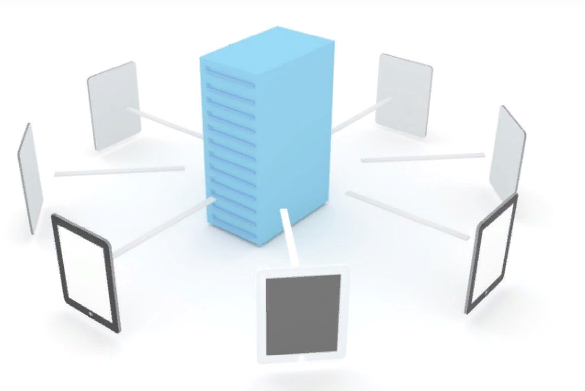In a Storage Spaces Direct cluster, the network is the most important part. If the network is not well designed or implemented, you can expect poor performance and high latency. All Software-Defined are based on a healthy network whether it is Nutanix, VMware vSAN or Microsoft S2D. When I audit S2D configuration, most of the time the issue comes from ...
Read More »S2D Real case: detect a lack of cache
Last week I worked for a customer who went through a performance issue on a S2D cluster. The customer’s infrastructure is composed of one compute cluster (Hyper-V) and one 4-node S2D cluster. First, I checked if it was related to the network and then if it’s a hardware failure that produces this performance drop. Then I ran the script watch-cluster.ps1 ...
Read More »Storage Spaces Direct: performance tests between 2-Way Mirroring and Nested Resiliency
Microsoft has released Windows Server 2019 with a new resiliency mode called nested resiliency. This mode enables to handle two failures in a two-node S2D cluster. Nested Resiliency comes in two flavors: nested two-way mirroring and nested mirror-accelerated parity. I’m certain that two-way mirroring is faster than nested mirror-accelerated parity but the first one provides only 25% of usable capacity ...
Read More »Storage Spaces Direct: Parallel rebuild
Parallel rebuild is a Storage Spaces features that enables to repair a storage pool even if the failed disk is not replaced. This feature is not new to Storage Spaces Direct because it exists also since Windows Server 2012 with Storage Spaces. This is an automatic process which occurs if you have enough free space in the storage pool. This ...
Read More »Storage Spaces Direct and deduplication in Windows Server 2019
When Windows Server 2016 has been released, the data deduplication was not available for ReFS file system. With Storage Spaces Direct, the volume should be formatted in ReFS to get latest features (Accelerated VHDX operations) and to get the best performance. So, for Storage Spaces Direct data deduplication was not available. Data Deduplication can reduce the storage usage by removing ...
Read More »Configure Dell S4048 switches for Storage Spaces Direct
When we deploy Storage Spaces Direct (S2D), either hyperconverged or disaggregated, we have to configure the networking part. Usually we work with Dell hardware to deploy Storage Spaces Direct and the one of the switches supported by the Dell reference architectures is the Dell S4048 (Force 10). In this topic, we will see how to configure this switch from scratch. ...
Read More »Real Case: Implement Storage Replica between two S2D clusters
This week, in part of my job I deployed a Storage Replica between two S2D Clusters. I’d like to share with you the steps I followed to implement the storage replication between two S2D hyperconverged cluster. Storage Replica enables to replicate volumes at the block-level. For my customer, Storage Replica is part of a Disaster Recovery Plan in case of ...
Read More »Use Honolulu to manage your Microsoft hyperconverged cluster
Few months ago, I have written a topic about the next gen Microsoft management tool called Honolulu project. Honolulu provides management for standalone Windows Server, failover clustering and hyperconverged. Currently hyperconverged management works only on Windows Server Semi-Annual Channel (SAC) versions (I cross finger for Honolulu support on Windows Server LTSC). I have upgraded my lab to latest technical preview ...
Read More »Monitor S2D with Operations Manager 2016
Storage Spaces Direct (S2D) is the Microsoft Software-Defined Storage solution. Thanks to S2D, we can deploy hyperconverged infrastructure based on Microsoft technologies such as Hyper-V. This feature is included in Windows Server 2016 Datacenter edition. You can find a lot of blog posts about S2D on this website. In this topic, I’ll talk about how to monitor S2D. S2D is ...
Read More »Dell R730XD bluescreen with S130 adapter and S2D
This week I worked for a customer which had issue with his Storage Spaces Direct cluster (S2D). When he restarted a node, Windows Server didn’t start and a bluescreen appeared. It is because the operating system disks were plugged on S130 while Storage Spaces Direct devices were connected to HBA330mini. It is an unsupported configuration especially with Dell R730XD. In ...
Read More »








